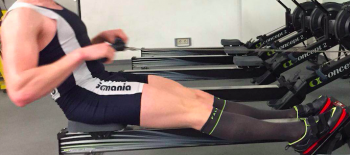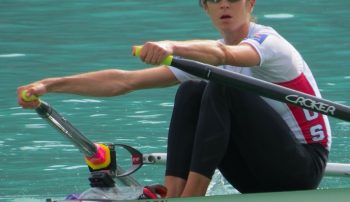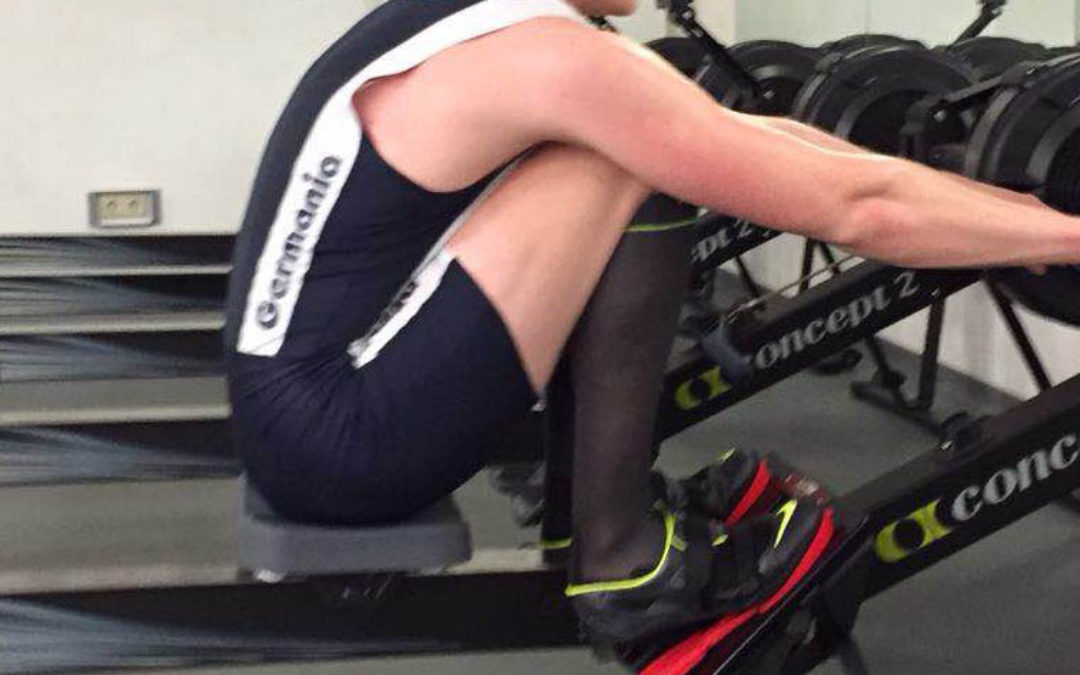Rock & Roll – the importance of the pelvis in the stroke
The body’s ability to perform is based on the sum of it’s parts. The pelvis is an extremely important functional part of the body in all movements and particularly when rowing. It provides the attachment points for the glutes, hamstrings, main quadriceps muscles, groin, hip flexors, abdominals- the list goes on. The pelvis links the legs to the spine and via its muscle attachments and has a role in shoulder connection and control. If we look even wider it is also a bowl of sorts for some of our most important digestive organs. In basic terms – it has a lot going on!
The pelvis forms the hip (with the femur of course) and sacroiliac joints. Via the sacrum directly, as well as the muscles and ligaments, it joins the spine and forms the base for lumbopelvic motion. It has been shown that rowers with a more pelvic-focused stroke (greater pelvic rock/rotation) will fatigue more slowly than rowers who have less pelvic movement and work harder through their knees and spine. A lack of pelvic movement will mean your spine has to move more from the catch – finish and this is proven to increase the risk of spinal injury. Conversely, a lack of pelvic control is also a key factor associated with spinal injuries and, as detailed in our previous notes, this can also influence injuries in far wider areas.
Commonly in our performance consulting, we see rowers who exhibit a lack of pelvic movement in their rowing stroke. It is easy to see from side-on when in-boat or on the erg. These athletes have a large range of knee movement especially when extending, sometimes into hyper extension and you can notice that they often over-reach through the spine at the catch and open the trunk early through the drive. You will notice that there is little to no pelvis roll – seen from a forward tilt at the catch to rolling back slightly at the finish. To be clear, what we are talking about here is the pelvis moving on the hips and tilting with the spine, not just the legs moving in the hip joints (pelvic on femoral not femoral on pelvic movement).
The other factor to observe here is that the transfer of movement and force from the legs to the arms will not look smooth, it will almost be a stepped transfer as there is not a flow of continuous movement through the legs, pelvis and spine to the arms but rather a hinged type movement with the legs first, then a switch to arms, and a potentially early one at that.
There are numerous problems with this- the most obvious is the lack of smooth force transfer from the
legs to the arms. You want an effective transfer of the force produced from the legs to be carried through by the body and up to the upper limbs, this creates a better chain of movement from stretcher to handle and has higher efficiency for force production as well as being better for boat trim- a shunt of power from legs to arms will create more dive and pitch on the boat. It is also proven to increase the potential of over-loading the spine.
Pelvic tilt can be practiced in-boat, on the erg but should also be ingrained when in the gym. This is in fact a nice environment to practice effective pelvic movement and control as you can be more focused and specific than when trying to stay a float in a rowing shell! Good exercises to work on pelvic tilt include squats and deadlifts but this can be applied to sit to stand activities as well. Always remember to control your breathing with these movements as well – this can actually enhance, or hinder when done poorly, your pelvic motion and control.
Rock on, or is that roll on – whatever keeps your pelvis moving.



